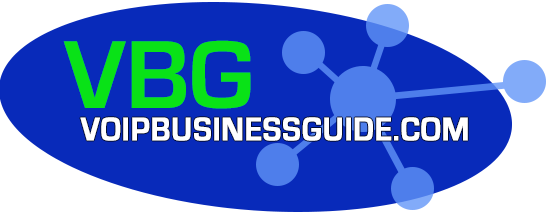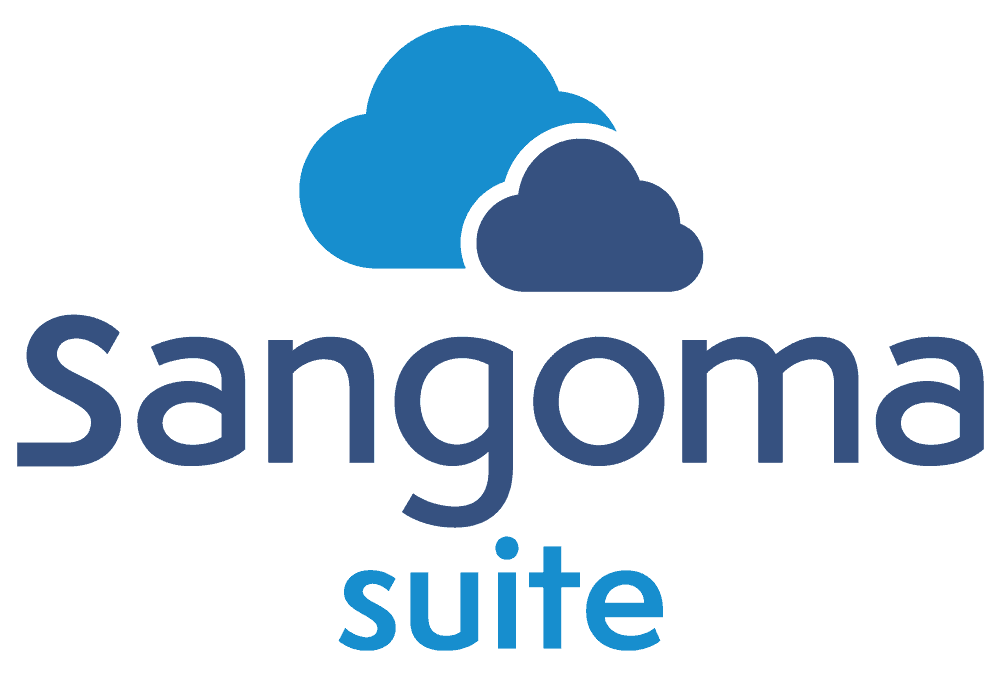Quick Guide to Cybersecurity and Digital Privacy Policies
The concept behind cybersecurity and digital privacy policy has been around for decades, tracing its origin to the 1974 U.S. Privacy Act. This legislation – which was directed at government agencies storing private citizen data – provided a framework for the informational privacy practices of today’s modern enterprise and SMB.
Related: Hybrid Communications & The Benefits of Choosing an All-Inclusive Provider
Since that time, many of the nuances concerning information cybersecurity have evolved to keep pace with the new technological developments and tactics employed by malicious actors. With the rapid proliferation of informational hacks and other types of cybercrime in the past 10-20 years, organizations of virtually every size have fallen victim to unauthorized access, theft and misuse of sensitive information, affecting billions of consumers around the world.
Related: Tips For Upgrading Your Team Collaboration Platform
One of the more glaring examples is Yahoo.
Over the course of several years, Yahoo’s servers were breached several times, resulting in the exposure of the account information of approximately three billion users. These hacks included the theft of personal information such as usernames, email addresses, telephone numbers, security questions and answers, dates of birth and hashed passwords.
With these and other attacks in mind, today’s organization has little choice but to prioritize data security with sound cybersecurity practices and privacy policies.
What Makes a Sound Cybersecurity & Privacy Policy?
The creation of an official organizational privacy policy – aside from satisfying regulatory mandates – serves to foster transparency and honesty, alleviate concern and promote trust with users. Sound privacy rules should include detailed information regarding what data is collected, as well as other details regarding the manner in which personal information is culled, used, stored and collected.
Commonly recommended measures to promote sound privacy policy tends to include:
- Promoting data security and privacy awareness in your organization.
- Employing security tools, such as those built-in to communications infrastructure.
- Surveying one’s network for suspicious activity, such as spyware installations and phishing.
- Implementing a “Zero Trust” model for continuous monitoring of all internal and external users.
- Employing multi-factor authentication and conducting frequent data backups.
Secure Critical Data with Connected Workspace and DaaS
Critical to such policy is the adoption of software-based tools to detect and thwart informational breaches prior to – and even during – an attack.
Sangoma’s Connected Workspace and DaaS (Desktop as a Service) solution provides cloud-based security to keep customer info securely available only to credentialed users. The product is designed to streamline operations and end-user tools, integrating one’s own unique office workspace with UCaaS (Unified Communications as a Service) features for increasing remote productivity. The DaaS offering leverages elements such as multi-factor authentication, encryption, and context-based access controls to keep one’s desktop and data safe, regardless of access point location.
These features are designed to reduce instances of intrusion and security breach, while simultaneously providing access to centrally secured apps and desktops in order to eliminate VPN (virtual private network) holes.
Conclusion
While the practice of staying ahead of attackers to secure personal customer data is daunting, it has become absolutely essential to running a business with any form of online commerce. That is where products such as Connected Workspace and DaaS come in.
Related: 4 Reasons Why Businesses Are Moving To Connected Workspaces
The establishment of proper cybersecurity and digital privacy practices by one’s staff is crucial, with complete transparency between executives, employees and customers alike guiding the way to best remain safe from devastating informational breaches.
The post Quick Guide to Cybersecurity and Digital Privacy Policies appeared first on Sangoma.





